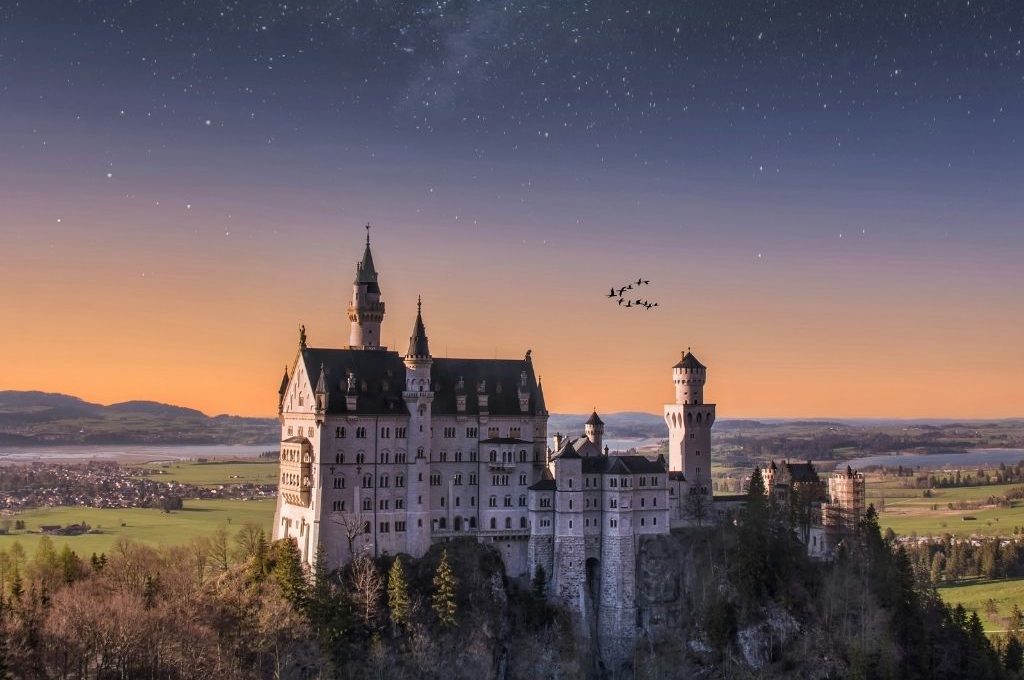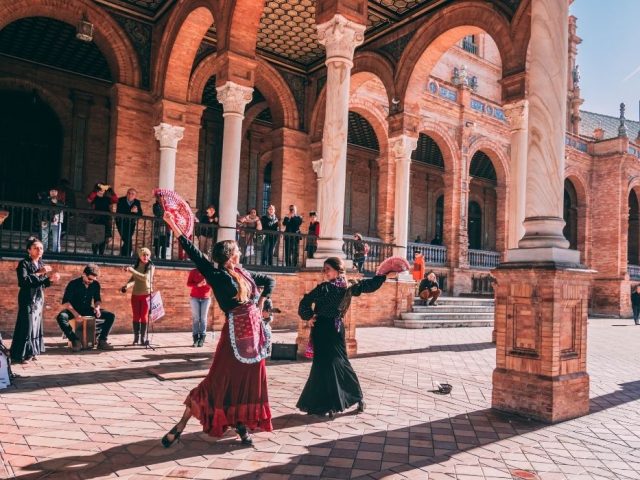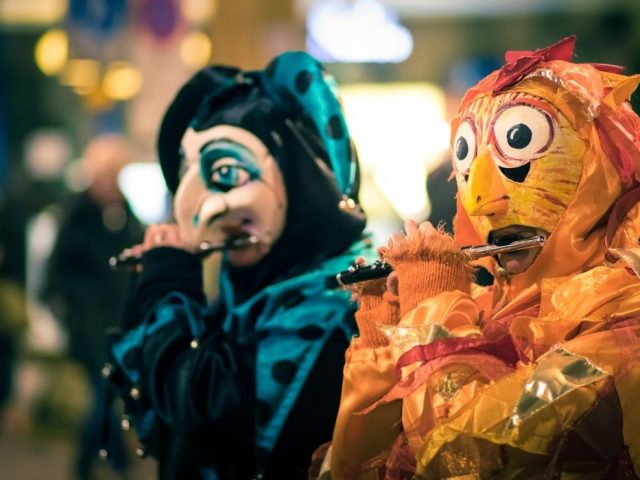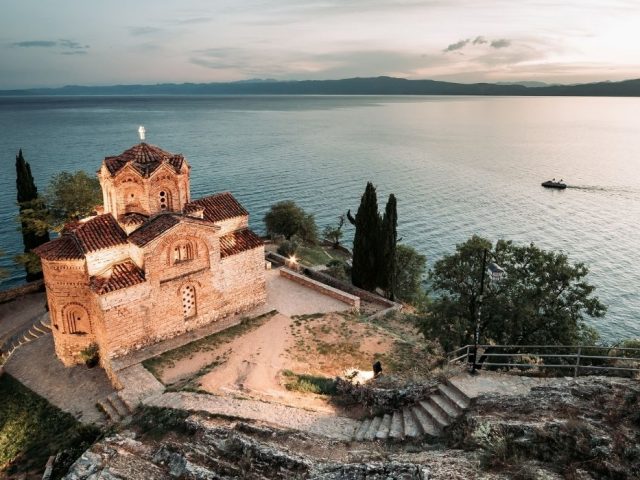Germany is a country adorned with architectural wonders, and the German castles are among the most captivating landmarks for both locals and tourists. From fairy-tale-like Neuschwanstein to the historic Wartburg, they tell tales of bygone eras and offer breathtaking views.
Let’s explore some of the most enchanting German castles!
Burg Eltz
Burg Eltz, or Eltz Castle, is a medieval castle in the hills above the Moselle River between Koblenz and Trier, Germany. It is one of the most well-preserved castles in the country.
Eltz Castle is known for its three towers: the Romanesque tower (12th century), the medieval keep (14th century), and the Baroque tower (17th century). The castle was first mentioned in records dating back to the 12th century. It has been owned by the same family for more than 800 years. The Eltz family still owns the castle today, and a portion of it is open to the public.
Cochem Castle
Cochem, or Reichsburg Cochem, is a castle on a hill overlooking the town of Cochem along the Moselle River in Germany. The castle has a long history dating back to the 11th century. It was later destroyed in 1689 by the French during the Nine Years’ War. The current appearance of the castle is mainly the result of reconstruction efforts in the 19th century.
Cochem Castle is an example of Romanesque Revival architecture, reflecting the romantic ideals of the 19th century. The reconstruction was commissioned by Louis Ravené, a Berlin businessman, in the mid-19th century.
Wartburg Castle
It holds a special place in history as the site where Martin Luther translated the New Testament into German. Wartburg Castle is a UNESCO World Heritage Site. In 1521, Martin Luther sought refuge at Wartburg Castle after being declared an outlaw by the Holy Roman Empire. Visitors can see the Luther Room, where Martin Luther is believed to have stayed and worked on his translation.
The castle has undergone various architectural changes over the centuries. Its design includes elements of Romanesque, Gothic, Renaissance, and Historicism. The castle complex consists of multiple buildings, courtyards, and defensive structures.
Neuschwanstein Castle
Neuschwanstein Castle was commissioned by Ludwig II of Bavaria, also known as the “Mad King” or the “Swan King.” Construction began in 1869 and was never fully completed; Ludwig II only lived in the castle for a short time before his death in 1886. While the exterior is impressive, the castle’s interior is equally ornate. The rooms have intricate woodwork, paintings, and lavish furnishings. Notable rooms include the Throne Room, the Singer’s Hall, and Ludwig’s bedroom.
Its fairy-tale appearance has inspired countless imaginations and even influenced the design of Disneyland’s Sleeping Beauty Castle.
Hohenzollern Castle
Hohenzollern Castle offers not only a glimpse into the regal past but also panoramic views of the surrounding landscapes. The castle exhibits a combination of architectural styles due to its long history and multiple rebuilds. The current neo-Gothic design is the result of extensive renovations carried out in the mid-19th century.
The castle houses a collection of art, historical artifacts, and treasures associated with the Hohenzollern family. Visitors can explore the various rooms, including the Knight’s Hall, the King’s Room, and the Crown Room.
Heidelberg Castle
The romantic city of Heidelberg is graced by the imposing Heidelberg Castle. This blend of Gothic and Renaissance architecture is on the hills above the Neckar River. The castle’s location offers stunning views of the Neckar River and the city of Heidelberg. The terrace, the Heidelberg Castle Panorama, provides an excellent vantage point for visitors to enjoy the scenic landscape. Within the castle complex, there is a pharmacy museum (Deutsches Apotheken-Museum) that displays the history of pharmacy and pharmaceuticals. The museum shows a collection of historical pharmacy artifacts.




